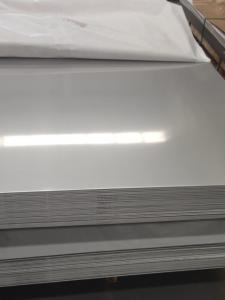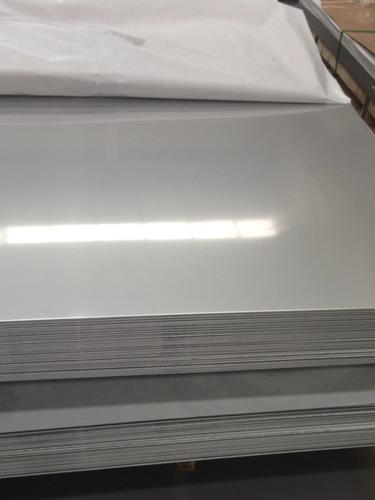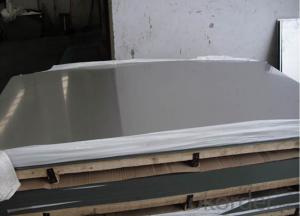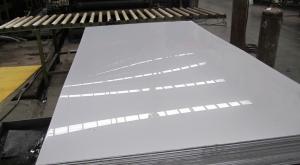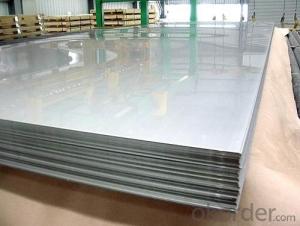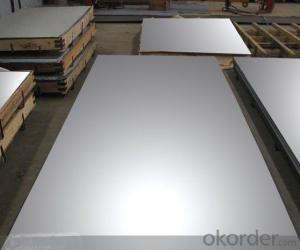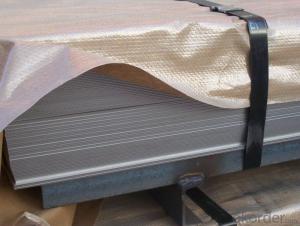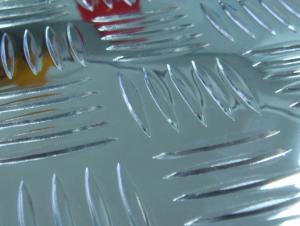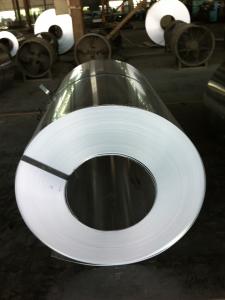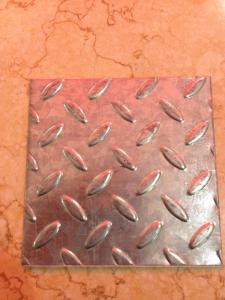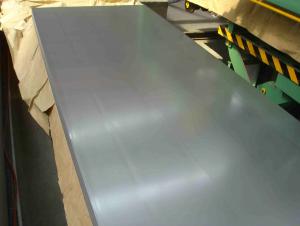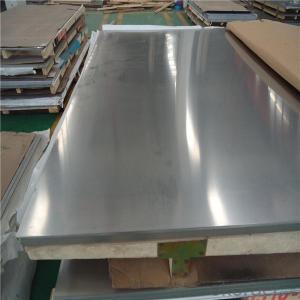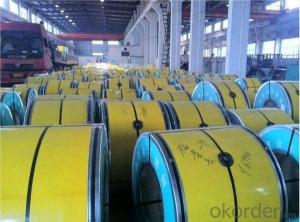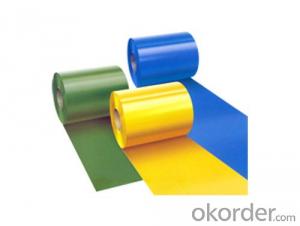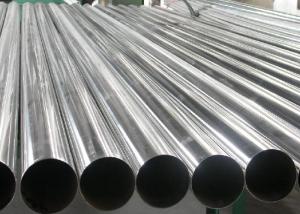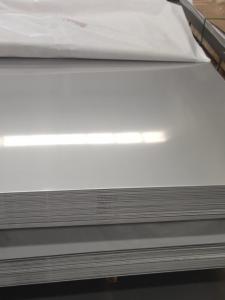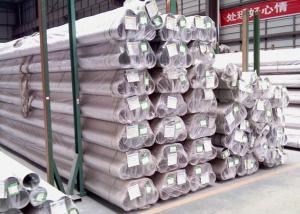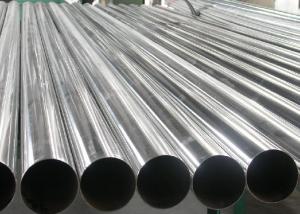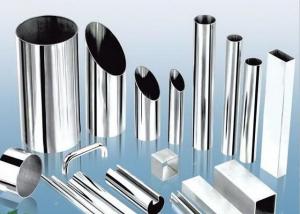stainless steel plate and sheet 301 cold rolled
- Loading Port:
- Tianjin
- Payment Terms:
- TT OR LC
- Min Order Qty:
- -
- Supply Capability:
- 5000 m.t./month
OKorder Service Pledge
OKorder Financial Service
You Might Also Like
grade | 201,301,304,310,316,410,420,430,etc. |
surface | 2B,NO.1, NO.4, Mirror, Hairline, etc. |
thickness | 1MM, |
width | 1200MM,1220MM,1500MM,ETC. |
length | 2400MM,2440MM,3000MM,ETC. |
Payment terms | T/T, or L/C. |
Delivery time | Normally within 1 weeks after get your deposits. |
package | Standard export package, normally with wooden pallets |
MOQ | 5 tons/each size |
We can provide stainless steel sheet/coil/pipes,etc.
we have some stocks with the best-quality, besides, our delivery time is very short,
please take us into your consider, thanks in advance !
- Q: What are the different types of stainless steel sheet finishes for decorative purposes?
- There are several different types of stainless steel sheet finishes that are commonly used for decorative purposes. These finishes are achieved by various surface treatments and processes, each resulting in a unique appearance and texture. Some of the most popular finishes include: 1. No. 4 finish: Also known as brushed or satin finish, it is achieved by applying a series of abrasive belts to the surface, resulting in a smooth, satin-like appearance. This finish is commonly used in architectural and decorative applications. 2. No. 8 mirror finish: This finish is achieved by polishing the surface to a highly reflective mirror-like appearance. It is often used in applications where aesthetic appeal is important, such as wall cladding, signage, and decorative elements. 3. Hairline finish: This finish features a fine, directional grain pattern created by polishing the surface with fine abrasive belts. It provides a subtle and elegant look, commonly used in interior design applications like elevators, appliances, and furniture. 4. Embossed finish: In this finish, the stainless steel sheet is pressed with a pattern or texture, creating a three-dimensional surface. This finish is often used in architectural applications, such as wall panels, ceiling tiles, and decorative trim. 5. Bead blasted finish: This finish is achieved by blasting the surface with fine glass beads under high pressure, resulting in a uniform, matte appearance. It provides a unique texture and is commonly used in applications where a non-reflective surface is desired, such as countertops, kitchen appliances, and signage. 6. Colored finishes: Stainless steel sheets can also be coated with various colors through processes like PVD (Physical Vapor Deposition) or powder coating. These finishes provide a wide range of color options, allowing for more design flexibility in decorative applications. Overall, the choice of stainless steel sheet finish for decorative purposes depends on the desired aesthetic, functionality, and application requirements. Each finish offers its own unique look and feel, allowing for versatile design possibilities in various industries.
- Q: Are stainless steel sheets suitable for roofing applications?
- Yes, stainless steel sheets are suitable for roofing applications. Stainless steel is known for its durability, resistance to corrosion, and strength, making it an ideal material for roofs. It can withstand harsh weather conditions, including extreme temperatures, high winds, and heavy rainfall. Stainless steel sheets are also fire-resistant, which adds an extra layer of safety to the roof. Additionally, stainless steel has a long lifespan, requiring minimal maintenance and repairs. Overall, stainless steel sheets provide a reliable and long-lasting solution for roofing applications.
- Q: Can stainless steel sheets be used for water tanks?
- Indeed, water tanks can utilize stainless steel sheets. Stainless steel, renowned for its corrosion-resistant qualities, is a favored selection for water tanks. It exhibits remarkable resistance to rust and endures exposure to water and moisture without undergoing deterioration. Moreover, stainless steel guarantees hygiene as it does not react with water or release any detrimental substances into it. Furthermore, stainless steel tanks are robust and enduring, rendering them an unwavering choice for water storage. In conclusion, stainless steel sheets serve as an appropriate material for constructing water tanks, ensuring a secure and dependable solution for water storage.
- Q: Are stainless steel sheets good for exhaust systems?
- Indeed, exhaust systems greatly benefit from the utilization of stainless steel sheets. Renowned for their remarkable resistance to corrosion, heat, and pressure, stainless steel stands as a widely favored option for exhaust system materials. Its ability to endure the rigors of extreme temperatures and harsh conditions guarantees durability and longevity. Furthermore, stainless steel exhibits exceptional acoustic properties, contributing to the reduction of noise levels. Moreover, the malleability and weldability of stainless steel sheets enable the fabrication of tailored exhaust system designs. In summary, stainless steel sheets serve as a dependable and effective material for exhaust systems, excelling in terms of performance, aesthetics, and overall functionality.
- Q: Can stainless steel sheets be used for kitchen appliances?
- Yes, stainless steel sheets can be used for kitchen appliances. Stainless steel is a popular material choice for kitchen appliances due to its durability, resistance to corrosion, and easy maintenance. It is commonly used for making ovens, refrigerators, dishwashers, and other kitchen appliances. Stainless steel sheets are versatile and can be easily formed into various shapes and sizes to fit different appliance designs. Additionally, stainless steel has a sleek and modern appearance, making it a preferred choice for many homeowners and chefs.
- Q: Can stainless steel sheets be used for elevator cladding?
- Yes, stainless steel sheets can be used for elevator cladding. Stainless steel is a popular choice for elevator cladding due to its durability, aesthetic appeal, and resistance to corrosion and staining. It provides a sleek and modern look while also offering protection against wear and tear in high-traffic areas.
- Q: Are stainless steel sheets resistant to radiation?
- Yes, stainless steel sheets have excellent resistance to radiation. The high levels of chromium present in stainless steel make it highly resistant to corrosion and oxidation caused by radiation exposure. This property makes stainless steel sheets a suitable choice for various applications in nuclear power plants, medical facilities, and other industries that involve exposure to radiation.
- Q: What's the difference between stainless steel 304 2B board and Ba board?
- 304 stainless steel2B board: without glossBA board: an ordinary mirror that shines a littleStainless steel and mirror, that is, 8K board, like a mirror
- Q: What is the area of stainless steel plate?
- For example, a steel coil with known weight, thickness, length, width, and price, you can work out the cost price of each meter, and then you can set the price as you expect it
Send your message to us
stainless steel plate and sheet 301 cold rolled
- Loading Port:
- Tianjin
- Payment Terms:
- TT OR LC
- Min Order Qty:
- -
- Supply Capability:
- 5000 m.t./month
OKorder Service Pledge
OKorder Financial Service
Similar products
Hot products
Hot Searches
Related keywords
